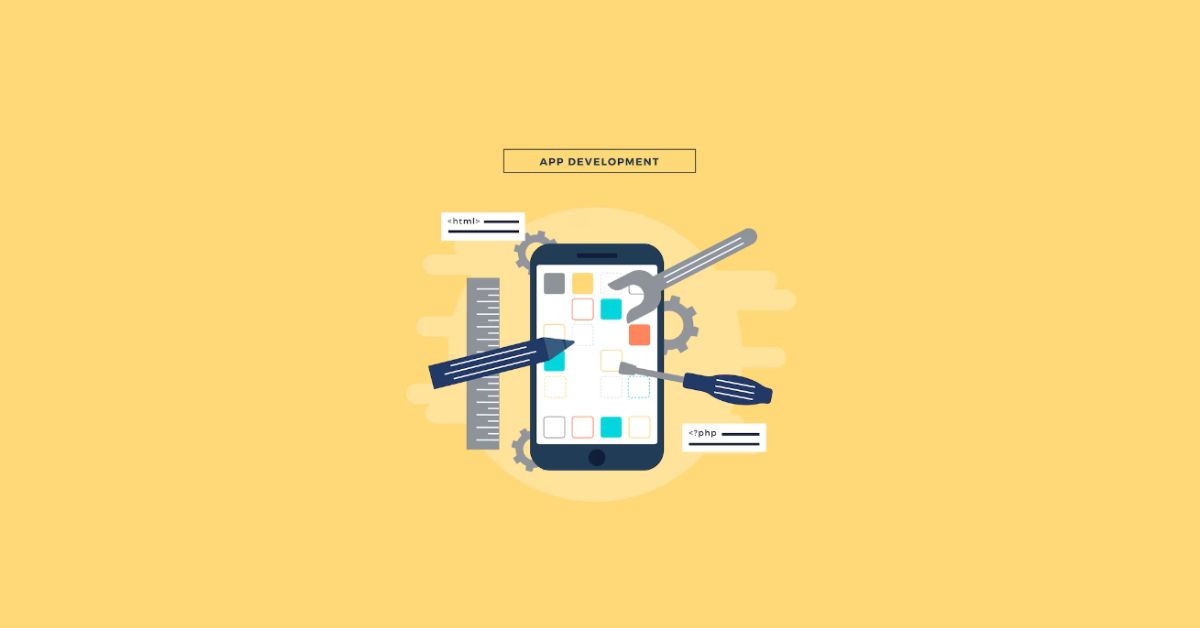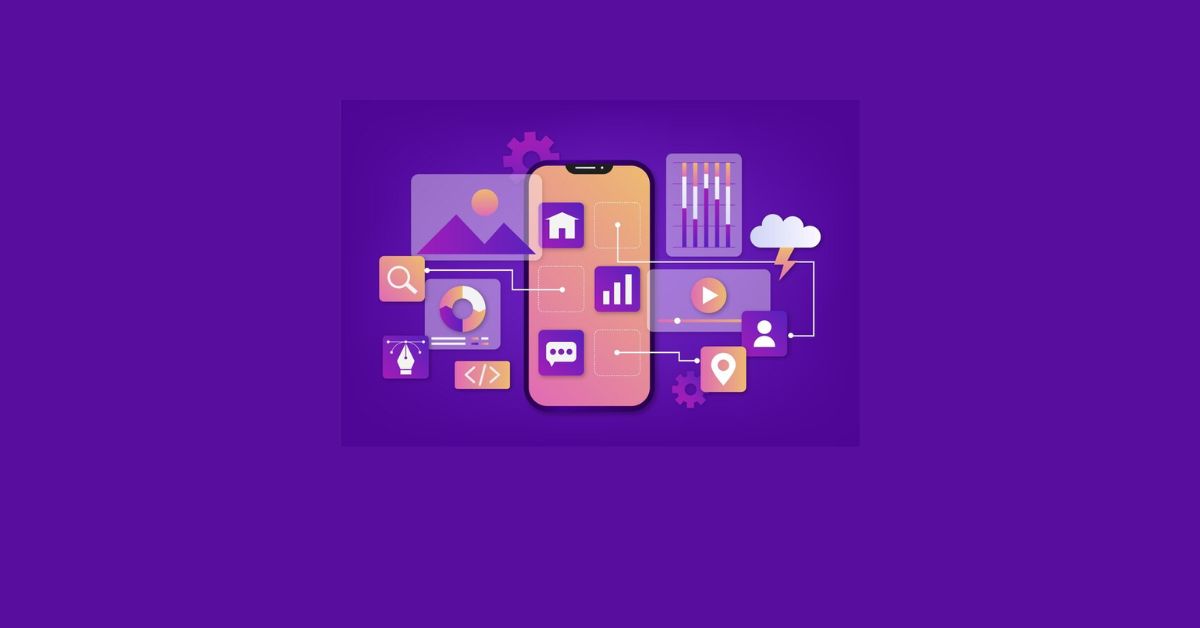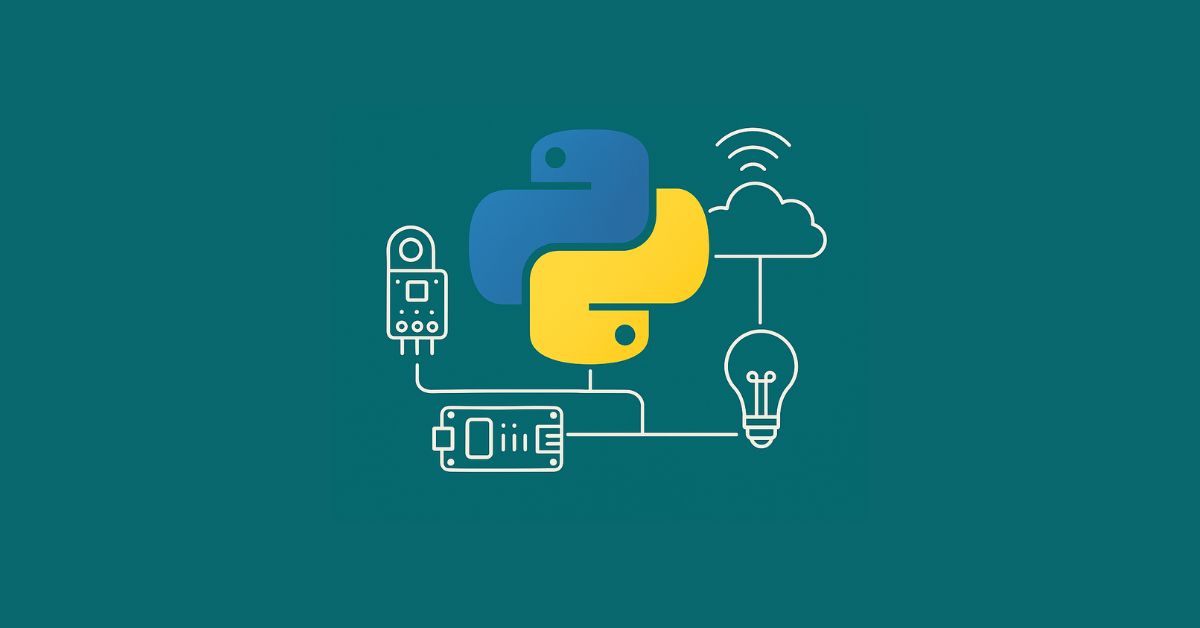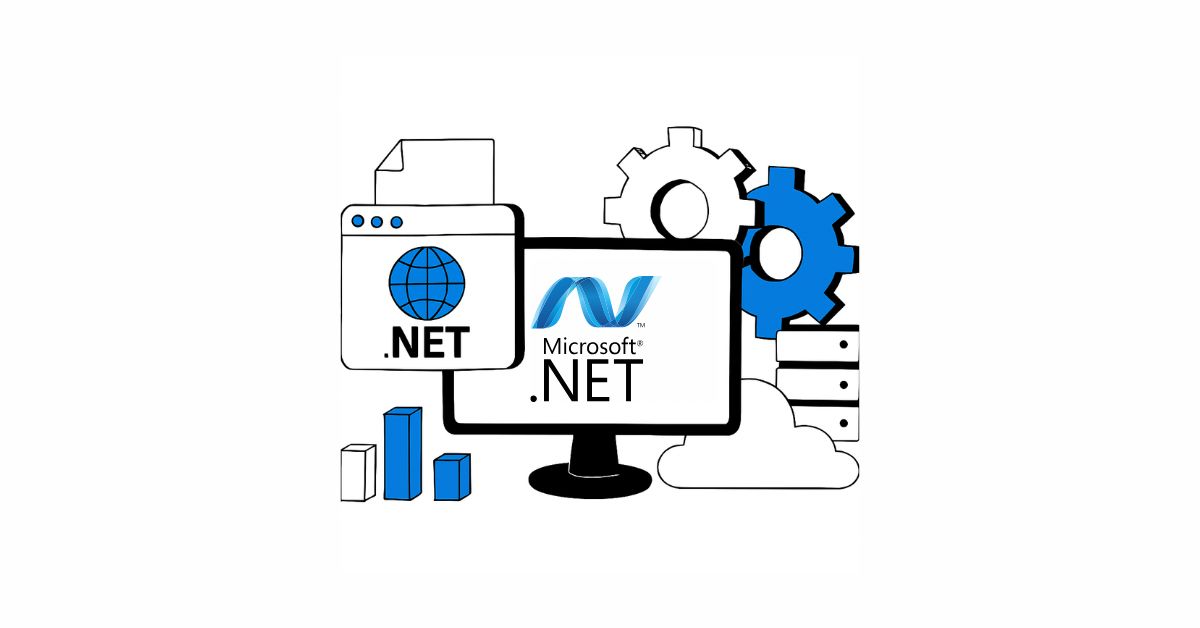Insights
With the app market booming, protecting your unique idea is essential. If you have a concept that brings a new and useful function to users, securing a patent for a mobile app can help protect your intellectual property from copycats and competitors. Here’s a quick guide to help you understand the basics of patenting an app idea, including what’s patentable, the types of patents, and steps to take the application in process.
- What does Patent for a Mobile App Entail?
- Types of Patents
– Provisional Application
– Non-Provisional Application - How may an App Idea be Patented?
– Understand what a Patent
– Select the Kind of Patent you wish to Register for your Application
– Conduct Extensive Mobile App Patent Research
– Find and Sign Up with a Patent Attorney
– Prepare Documentation to file your Mobile App Patent
– File a Provisional or Non-Provisional Patent Application
– Respond to the Patent Officer’s Comment if Any
– Pay Patent Maintenance Fees Regularly
– Mobile App Development Patent Process
– Determines if your App Qualifies for a Patent
– Conduct a Comprehensive Patent Search
– Document your App Thoroughly
– Technical Description
– File your patent application with the USPTO
– Consider International Protection
– Enforce and Patent - Difference between Patent and Copyright for App
- Conclusion
What does Patent for a Mobile App Entail?
With the app market booming, protecting your unique idea is essential. If you have a concept that brings a new and useful function to users, securing a patent for a mobile app can help protect your intellectual property from copycats and competitors. Here’s a quick guide to help you understand the basics of patenting an app idea, including what’s patentable, the types of patents, and steps to take the application in process.
Types of Patents
Since patents are a form of intellectual property rights, this section will discuss their subtypes:
Provisional Application
A provisional patent application is a short-term application issued by the USPTO to be filed before filing the formal patent application. It secures your mobile app idea from being capitalized before filing the final non-provisional patent application during the critical first 12 months while the term patent is pending.
You have 12 full months to evaluate the idea’s viability in the market with MVP development and prepare and pitch the idea for the final patent filing. Fewer than ten pages of writing are needed to explain the design of your product and its function. The following should be considered in a provisional patent application:
- Inventors residence information
- Invention life
- Attorneys Information
- Docket Number
- Correspondence address
- Mention the interest of the US government agencies
Non-Provisional Application
A provisional patent application is a short-term application issued by the USPTO to be filed before filing the formal patent application. It secures your mobile app idea from being capitalized before filing the final non-provisional patent application during the critical first 12 months while the term patent is pending.
You have 12 full months to evaluate the idea’s viability in the market with MVP development and prepare and pitch the idea for the final patent filing. Fewer than ten pages of writing are needed to explain the design of your product and its function. The following should be considered in a provisional patent application:
- Inventors residence information
- Invention life
- Attorneys Information
- Docket Number
- Correspondence address
- Mention the interest of the US government agencies
How may an App Idea be Patented?
Patenting is a strategic move to protect your unique idea and functionality from being copied. The mobile app development patent process involves more than just having a good idea; you need to demonstrate that your app is novel, useful, and non-obvious.
Understand what a Patent
The first step in patenting an app idea is determining if it qualifies as a patent. Generally, patents are granted for novel, non-obvious, and helpful inventions. The following features of an app could be subject to patent protection:
- Process of Method: If your app’s core functionality includes a unique method of accomplishing a task, such as the new data processing algorithm or the user interaction.
- Technical Solution: If your app solves a technical problem uniquely, you might like to patent the underlying technology or the software process.
- Design Elements: While patents for functionality are more common, you might also patent specific design elements if they are unique and non-obvious.
Select the Kind of Patent you wish to Register for your Application
You have a concept for a mobile app, but you can patent certain aspects of it. As you can see, you can submit your mobile app concept for one of two primary categories of patents:
- Utility Patents: A utility patent is primarily concerned with safeguarding the features of your innovation, such as special procedures, mechanisms, advancements, and technicalities. You can file utility patents for distinctive features, algorithms, processes, data structures, hardware integrations, and other aspects of mobile apps.
- Design Patents: A patent can also be granted for the distinctiveness of a mobile app’s UI/UX and logo designs to safeguard an invention’s visual appeal.
Conduct Extensive Mobile App Patent Research
This is a critical step in determining how to patent an idea for an app effectively. It requires tons of research work to find similar patents registered, understand how to apply for them, and take further action in this regard.
Find and Sign Up with a Patent Attorney
You should speak with and hire a patent attorney who specializes in software patenting if you want to present a well-crafted, superior patent and increase the likelihood that your application will be selected. Since it’s a legal process, litigation may be a part of it. Therefore, it is best to take an analytical approach and engage an expert to handle the legal issue.
Bring your app idea into reality? Partner with us for expert mobile application development services!
Prepare Documentation to file your Mobile App Patent
After confirming the eligibility of your mobile app idea for the patent, you can begin preparing patent filing documentation. Although it’s a tedious process that demands lots of paperwork, you should explore it. The following should be included in your patent application:
- Specification
- Declaration of your invention or Oath
- Data disclosure statements
- Entity status form
- Claims
- Application sheet
- Drawings
- Patent Cooperation treaty
- Cover sheet
- Fee sheet
- Application to make special
File a Provisional or Non-Provisional Patent Application
It is most of the critical decisions you must make as per your requirements. If you want some buffer time to work on your invention and are ready to spend an extra penny, you should go for provisional patent protection. In the other conditions, if you are confident about your invention and have everything ready with you, you should opt for the non-provisional patent.
Respond to the Patent Officer’s Comment if Any
After filing your patent application, you will have to regularly check the process on it and see if the actions have taken place for it. Sometimes when reviewing your patent application, examiners may ask for more explanation or changes about the provided invention information.
Pay Patent Maintenance Fees Regularly
After the approval of a patent, you have to maintain your patent and pay its monthly annual fees to continue the effects. It can be difficult and time-consuming to maintain a patent. Therefore, hiring an expert to handle patents is advised.
Mobile App Development Patent Process
Patenting is a mobile strategic app move to protect your unique idea and functionality from being copied. The process involves more than just having a good idea; you need to demonstrate that your app is novel, useful, and non-obvious. So let us have a look into the development of the patent process in the mobile app.
Determines if your App Qualifies for a Patent
Not all of the aspects of an app can be patented. For a mobile app to qualify for the patent, it must meet the following criteria:
- Novelty: The app must be new and not identical to any of the existing apps or technology.
- Non-obviousness: The app’s functionality should not be an obvious solution to the improvement of those skilled in the field.
- Usefulness: The app should serve a practical purpose, improving upon or offering a new way to perform tasks or solve problems.
Conduct a Comprehensive Patent Search
Before filling conduct a thorough patent search to ensure your app’s features haven’t already been patented. This search can save time and resources if you discover similar products. The United States Patent and Trademark Office) and Google patents offer tools for free searches.
Document your App Thoroughly
To strengthen your patent application, document your app’s development and its unique aspects. This kind of documentation should detail how the app works, its functionality, and the problem it solves.
Technical Description
Provides a detailed, technical description of the app architecture, algorithm, and its processes. Include the drawings and diagrams showing user flow, system architecture, and the key processes.
File your patent application with the USPTO
Once your application is ready, you can file with the USPTO. The process takes months to years depending on the complexity and the patent office’s workload. Filling can be done online through electronic filing systems.
People read! – AI Technologies Trends for Mobile Apps Development
Consider International Protection
A US patent only protects your app in the USA. If you plan to launch your app internationally, consider applying for a patent in other countries or regions. A PCT application allows you to seek protection in multiple countries with a single application.
Enforce and Patent
Once your patent is approved, actively protect your intellectual property. Monitor for possible infringement and be prepared to enforce the patent’s rights. Regularly check for the apps that may infringe on your patented processes or the features.
Difference between Patent and Copyright for App
| Aspect | Patent | Copyright |
|---|---|---|
| What it Protects | Functional, Technical | Create expression(code, design, content) |
| Scope of Protection | How the app works | How the app loads |
| Duration | 20years(utility), 15years(design) | Life of Author + 70 years |
| Process | Complex, lengthy, requires USPTO approval | Automatic (registration optional) |
| Cost | High, including filing and legal fees | Low, simple registration fee |
| Enforcement | Legal action for functional infringement | Legal action for direct copying |
This table summarizes the difference between patent and copyright for an app, helping you decide which intellectual property protection suits your needs.
Conclusion
Although it’s a complicated procedure, patenting an app idea can give a distinctive and creative app important protection. Every stage is essential, from carrying out an exhaustive patent search to submitting the application and defending your rights. To ensure your app idea is secured and to provide you peace of mind as you launch it, think about seeking advice from a patent attorney or consulting a software development company with expertise in intellectual property protection.







